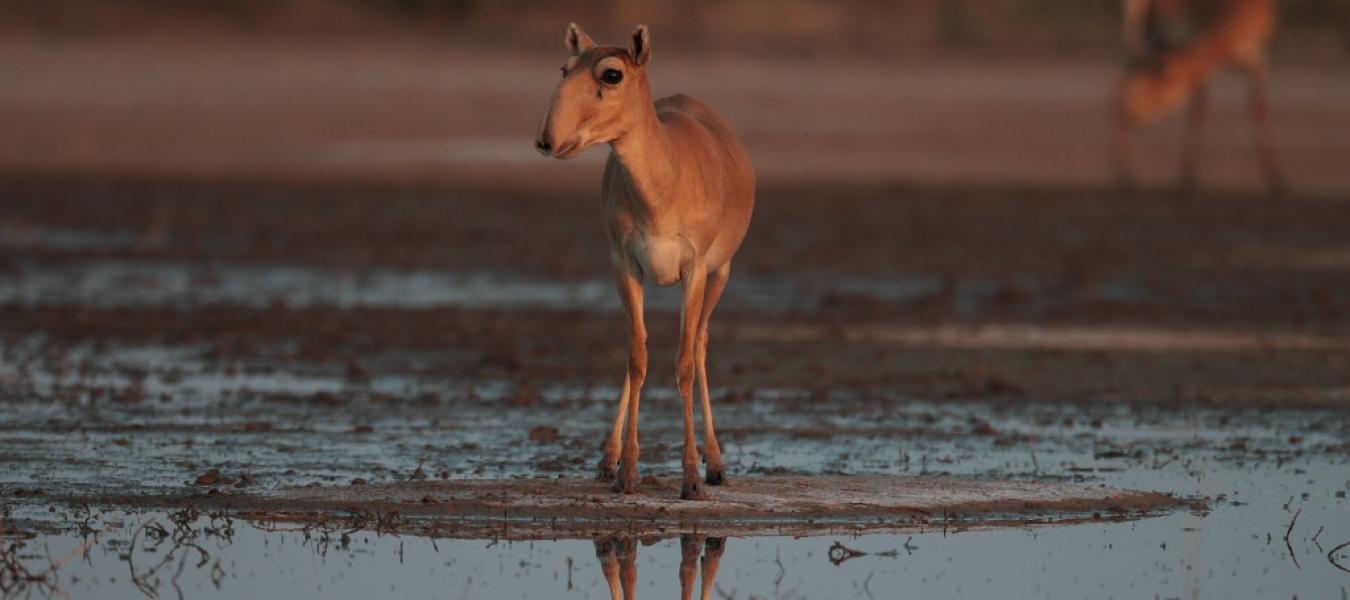Case studies in Novel Narial Anatomy: 3. Structure and Function of the Nasal Cavity of Saiga (Artiodactyla: Bovidae: Saiga Tatarica)

Much of the narial anatomy of the enigmatic antelope Saiga tatarica has been described by previous workers. However, the anatomy of the nasal cavity and the causally associated osteological correlates of proboscis structure require closer attention, because these data are integral for both a more comprehensive understanding of saiga functional morphology and more robust reconstructions of proboscis structure in fossil taxa.
Saiga and outgroup specimens were subjected to X-ray computed tomographic (CT) imaging, gross dissection and skeletonization. The nasal cavity of saiga is characterized by an enlarged nasal vestibule and basal conchal fold. Many structures (e.g. turbinates, lateral cartilages, mucosal folds, nasolacrimal duct) are retracted caudally to a small area in the caudodorsal part of the nasal cavity proper. The enlarged vestibule is associated laterally and ventrally with paired sacs. The nasal septum is largely membranous and contains a large patch of cavernous tissue that serves as a dynamic baffle modifying the flow of inspired air...
